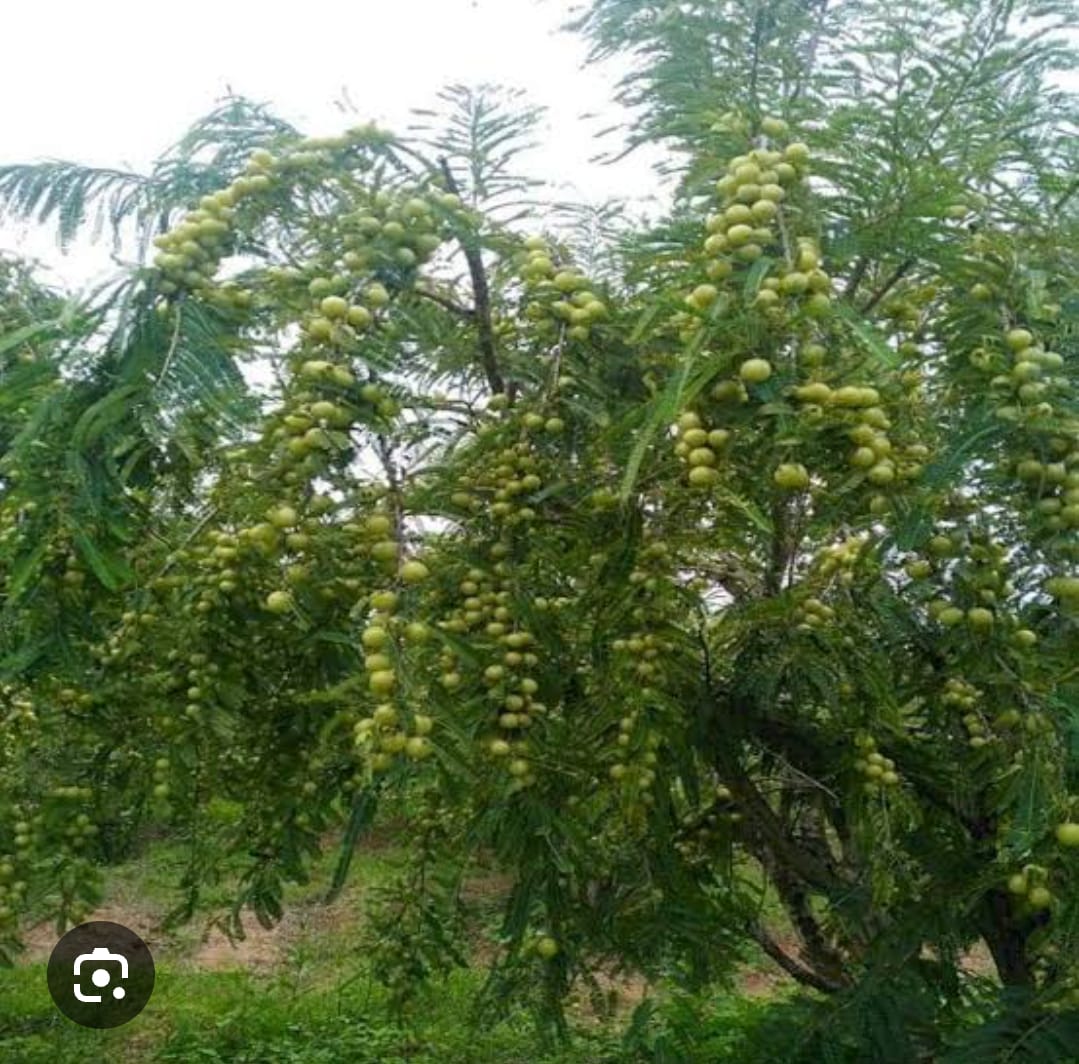Contect Us
+91 9512765331Amala


Amala
Amla, scientifically known as Phyllanthus emblica, is a highly esteemed fruit in Ayurvedic medicine and culinary traditions. Known for its nutritional richness and medicinal properties, Amla is widely cultivated in India and other tropical regions. Here's everything you need to know about Amla:
Growing Amla Trees
a. Climate and Soil Requirements:
- Amla trees thrive in warm tropical and subtropical climates.
- They prefer well-drained, slightly acidic soils for optimal growth.
b. Propagation and Planting:
- Amla trees are propagated from seeds or hardwood cuttings.
- Plant in spring or early summer, ensuring adequate spacing (4-6 meters apart) for mature trees.
Care and Maintenance
a. Watering and Fertilization:
- Provide regular watering, especially during dry periods, to establish young trees.
- Apply organic compost or balanced fertilizers annually to promote growth and fruiting.
b. Pruning and Pest Management:
- Prune Amla trees to maintain shape, improve airflow, and remove dead or diseased branches.
- Monitor for pests like aphids and fruit flies; use organic pesticides if necessary.
Harvesting and Preservation
a. Harvesting Amla:
- Amla fruits are harvested when they attain their full size and turn greenish-yellow.
- Handle fruits carefully to avoid bruising, as they are delicate.
b. Preservation and Storage:
- Amla fruits can be stored fresh in cool, dry places for a short period.
- They are commonly preserved by drying or pickling for long-term storage and use.
Economic Importance and Market Potential
a. Local and Global Demand:
- Amla products have a growing market due to increasing awareness of its health benefits.
- Explore opportunities in local markets, health food stores, and online platforms for sales.

